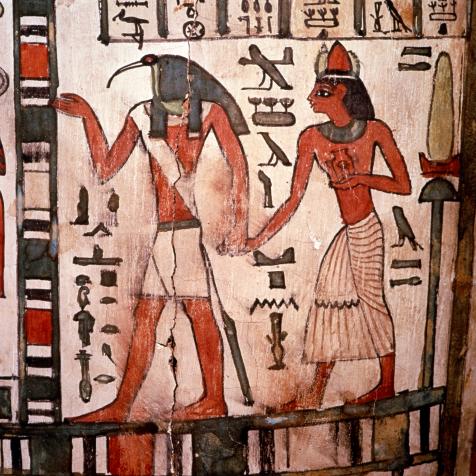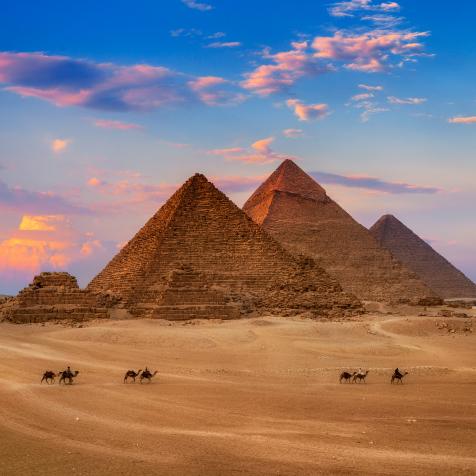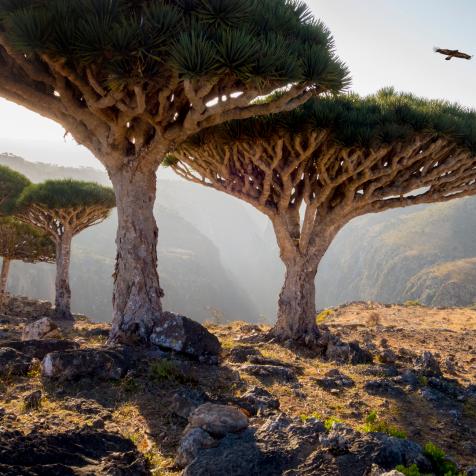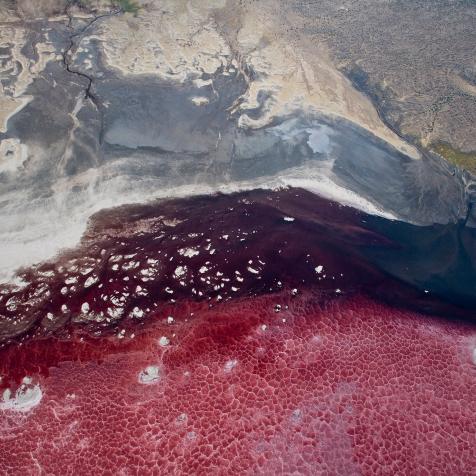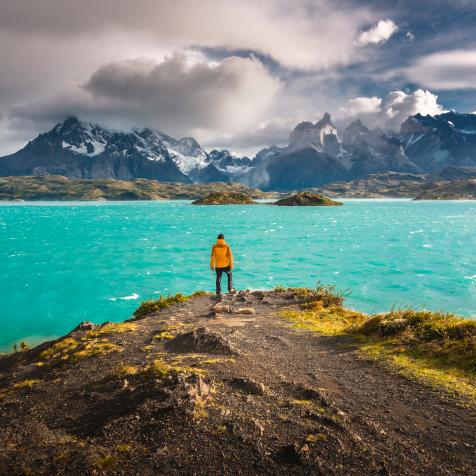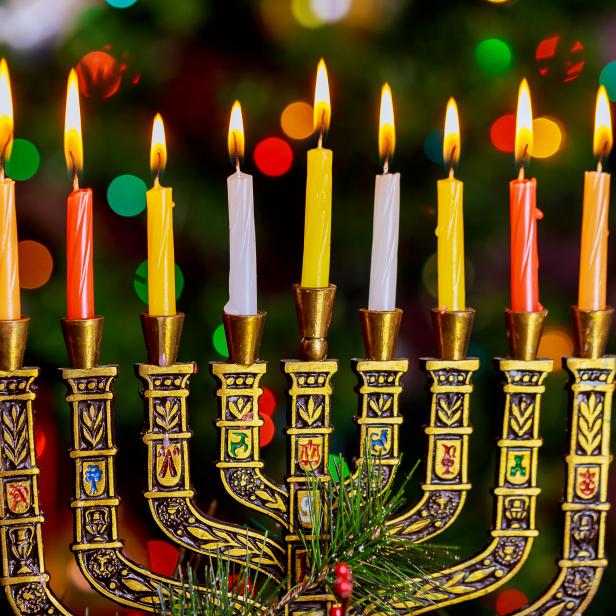
photovs
Kwanzaa: The African Celebration of Unity and Culture
Kwanzaa may be a festival celebrated by millions of African Americans and pan-Africans, but it has only been around for a few decades. Introduced to the United States in 1966 as a ritual to welcome the first harvest to the home, the festival, which takes place from December 26 to January 1, is a celebration of life, unity, family, and culture.
Featuring feasts, music and dance, and a dedication and recommitment to various principles, the festival was created in the midst of the Black Freedom Movement, at a time when it was felt that cultural grounding was needed.
Dr. Maulana Karenga, professor and chairman of Black Studies at California State University in Long Beach, is responsible for bringing the festival to life. After the Watts riots in L.A., Dr. Karenga searched for ways to strengthen the African-American community. He combined the practices and traditions of several different harvest celebrations on the African continent, and although it is celebrated around the Christmas period, it perhaps has more similarities to Thanksgiving or the Yam Festival in Ghana and Nigeria.

Sue Barr
Kinara candles lit for celebration.
There are five common sets of values that are central to the week-long activities: ingathering, reverence, commemoration, recommitment, and celebration. There are seven principles of Kwanzaa – a word which comes from the phrase matunda ya kwanza, meaning first fruits in Kiswahili, a language spoken in Kenya, Uganda, and Tanzania. The first fruit celebrations are recorded as far back as ancient Egypt and appear in ancient and modern times in classical African civilizations.
These seven principles are known as Umoja, meaning unity; kujichagulia, self-determination; ujima, collective work, and responsibility; ujamaa, cooperative economics, nia, purpose; kuumba, creativity; and Imani, faith. There are seven candles used during the festival, and like, the Jewish Hanukkah, these candles are used to represent the principles.
In addition, there are a number of symbols used in the festival. Crops, called mzao, represent the historical roots of African Americans in agriculture, as well as the reward for collective labor, while muhindi – corn or maize – represents children and the hope that is associated with the young generation. A mat, laid at the door and known as mkeka, lays the foundation for self-actualization; the candle holder, kinara, reminds participants of their ancestral origins in Africa; and the unity cup, called Kkimbe cha Umoja, is used to pour libations in dedication to ancestors. Gifts, known as Zawadi, are given in order to signify parents’ commitments to their children, and finally, the seven candles, called mishumaa saba, are the colors of African liberation flags, red, black, and green.

Hill Street Studios
Man playing the djembe.
On December 31, participants celebrate with a plentiful meal, often featuring cuisine from various African countries.
The number of Americans who celebrate Kwanzaa has fluctuated dramatically over the years, and with as many as six million getting involved in the 1980s, Kwanzaa became a mainstream holiday. Now, however, numbers have waned, but it still remains an important cultural touchstone for many African American communities.










